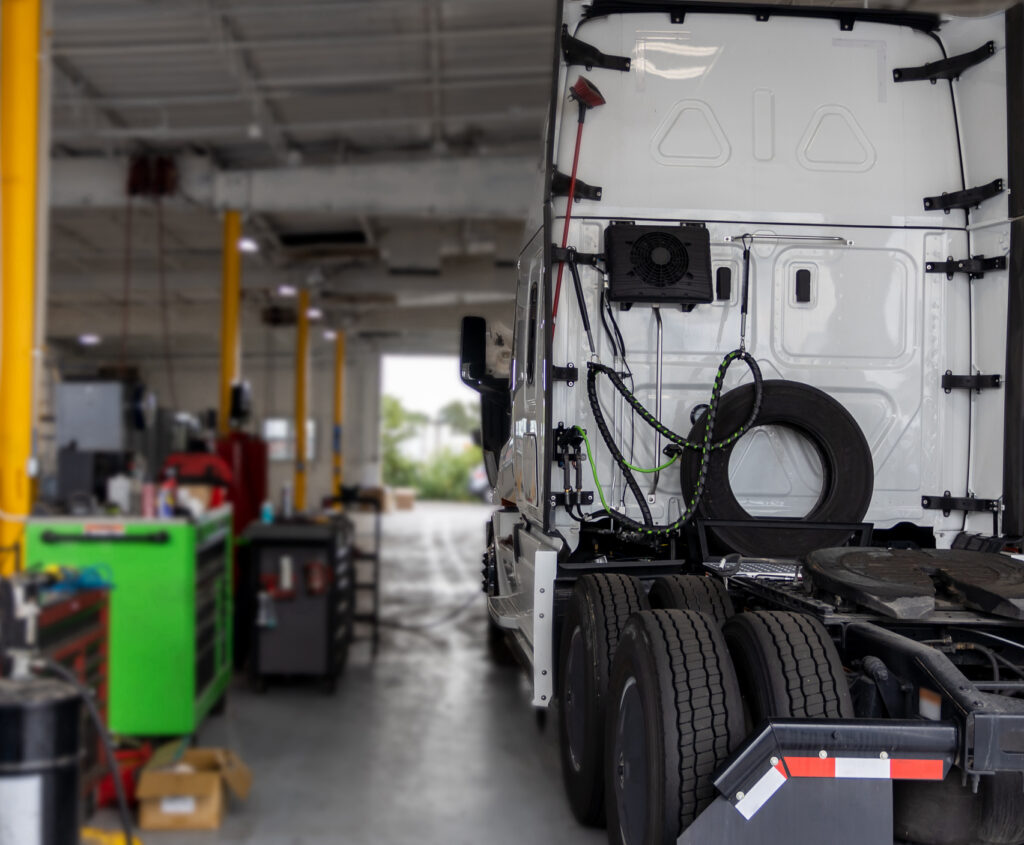Telematics For Fleet Safety
For fleet managers, ensuring the safety of their drivers is a top priority. With advancements in technology, telematics has emerged as a powerful tool that can significantly contribute to creating safer drivers on the road. In this blog post, we will explore how telematics applications like FORGE can revolutionize driver safety and enhance overall fleet management through in-cab coaching and back-office safety metric reporting.
Data Collection On Telematics Systems:
Telematics systems use a combination of GPS, accelerometer, and other sensors to collect data on the vehicle’s movement and driver behavior. The data is transmitted to a server where it can be analyzed and used to identify areas for improvement in driver behavior. Sophisticated systems like FORGE from Fleet Defender analyze this data using AI to deliver feedback in real-time.
The data collected on telematics systems includes information on the vehicle’s speed, acceleration, braking, and location. The sensors on the system can detect harsh braking, sudden acceleration, and speeding, among other things. The system can also detect when a driver is not wearing their seatbelt, or if the vehicle is being operated outside of normal business hours. The combination of this data allows sophisticated telematics programs to develop driver profiles and infer other metrics such as aggressive driving scores.

In-Cab Coaching:
Telematics applications equipped with in-cab coaching, like FORGE, provide real-time feedback and guidance to drivers while they are on the road. By leveraging a combination of GPS, sensors, and vehicle data, fleet managers can monitor various aspects of driver behavior such as speed, acceleration, braking, and lane discipline. These systems can then provide immediate feedback to drivers, helping them make safer decisions and adopt better driving habits.
Speeding: In-cab coaching can alert drivers when they exceed speed limits, helping them maintain safe driving speeds and avoid potential accidents caused by excessive speed.
Harsh Braking and Acceleration: Telematics systems can detect sudden and aggressive braking or acceleration, providing drivers with instant feedback and coaching to prevent accidents. This helps drivers become more aware of their driving habits and encourages them to adopt smoother, more controlled driving styles.
Lane Discipline: By analyzing data from sensors and GPS, telematics systems can identify instances of unsafe lane changes or drifting. In-cab coaching can then provide drivers with timely alerts, promoting safer lane discipline and reducing the risk of collisions.
Back-Office Safety Metric Reporting:
In addition to in-cab coaching, telematics provides fleet managers with comprehensive back-office safety metric reporting. These reports offer valuable insights into driver performance, enabling fleet managers to identify areas of improvement and implement targeted training programs.
Driver Behavior Analysis: Safety metric reports compile data on various driving parameters, allowing fleet managers to assess driver behavior trends. This analysis helps identify drivers who consistently exhibit unsafe habits and require additional coaching or training.
Incident Reporting: Telematics systems can automatically generate incident reports based on predefined triggers such as harsh braking, accidents, or near-misses. These reports provide fleet managers with crucial information for investigating incidents, understanding their causes, and implementing measures to prevent similar occurrences in the future.
Compliance Monitoring: Telematics can assist in monitoring driver compliance with regulations and company policies. By tracking parameters like hours of service, rest breaks, and adherence to speed limits, fleet managers can ensure that drivers are operating within legal and organizational guidelines, reducing the risk of accidents and penalties.
Conclusion:
Telematics technology has transformed fleet management by significantly enhancing driver safety. The combination of in-cab coaching and back-office safety metric reporting provides fleet managers with powerful tools to monitor driver behavior, identify areas for improvement, and implement targeted training programs. By using real-time feedback and comprehensive data analysis, fleet managers can proactively address unsafe driving habits, reduce accidents, and create a safer environment for both drivers and other road users.
As technology continues to advance, telematics will continue to play a vital role in fleet safety management. Embracing telematics systems not only enhances driver safety but also leads to improved operational efficiency, reduced fuel consumption, and lower maintenance costs. By investing in telematics, fleet managers can prioritize safety, protect their drivers, and achieve long-term success in managing their fleets.

